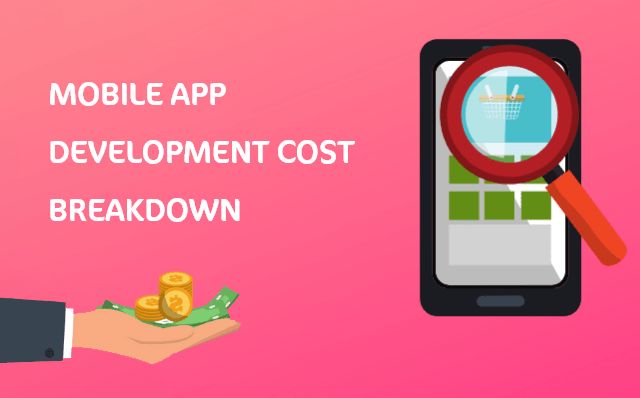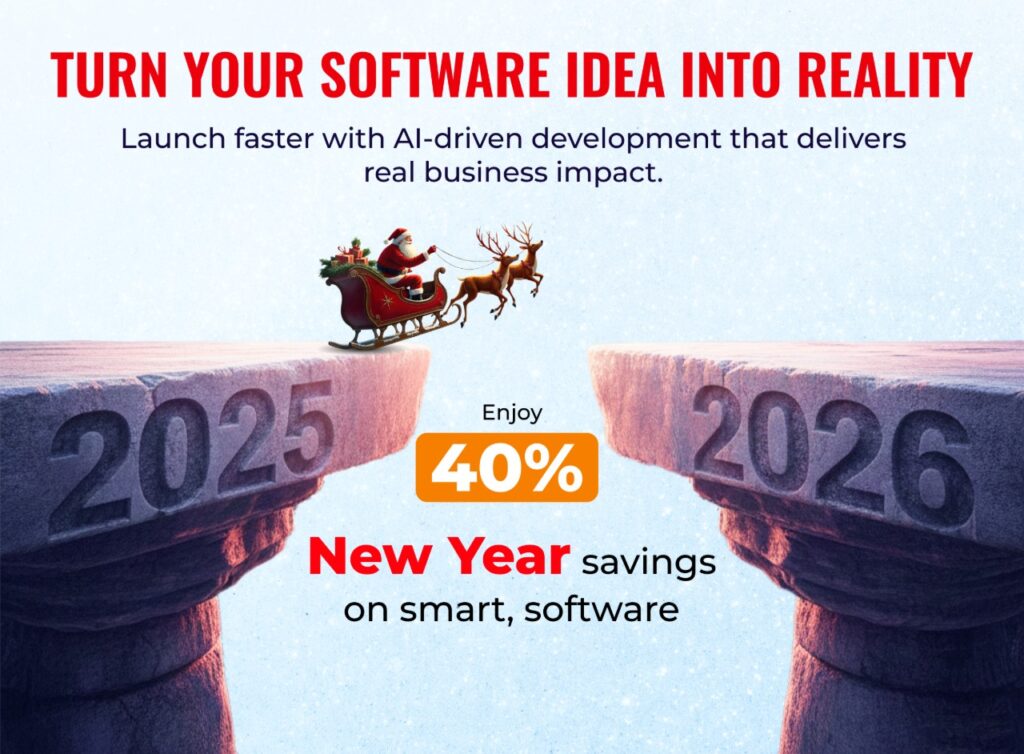|
Getting your Trinity Audio player ready...
|
Nowadays, most of the business are app-focused such as Uber, Ola, Zomato, and many more. Citing industry experts and professional reports, it is estimated that at the end of the year, there will be 2.9 billion Smartphone users worldwide. That’s a large group of consumers to connect with using Smartphone applications. Now, if you are planning to develop a mobile application for your enterprise, what comes to mind? You might think of ‘how much does it cost to make an app for your business’ or ‘app development cost breakdown’ or ‘what are the factors which determine the development cost’? We present an analysis of what are the factors involved and how they influence the app development cost?
Primarily there are two factors, i.e. application platform and the level of complexity which determine the Development Cost of Your Application.
Native
A native application is platform-dependent and can only run on a particular platform. Android, iOS, and Windows are the common platforms. However, hybrid applications run on various platforms.
Android
Since Android is the most widely used mobile operating system across the globe, many business owners prefer investing in Android development. However, the development cost of an Android can be a bit higher when compared to that of iOS. JAVA being a bulkier programming language requires more lines of codes which eventually increases the time taken to develop a process. Furthermore, the testing phase in the case of Android is time-consuming.
iOS
From the developer’s perspective, the programming languages, used for building an iOS application are simpler than JAVA. It empowers developers to get the job done by writing fewer lines of codes. As a result, the development time and cost decreases. However, the hourly rates for iOS app development are relatively higher than that of Android.
Windows
There is some targeted audience who uses Windows Apps. Frameworks for Windows App Development such as Visual Studio Express 2013, Visual Studio Professional 2013, and more.
Hybrid or cross-platform
No doubt that Android and iOS are the key platforms for mobile application development. Developing an application on different platforms can cost you time and money. The right solution for this kind of platform diversity is a cross-platform mobile framework.
In simple words, it refers to the development of mobile applications that can be used on multiple mobile platforms. Some of the significant and apparent advantages are cost-effectiveness, fast development, direct access to mobile hardware, consistent UI experience, and ease of integration. The cross-platform mobile platform comes with a wide range of benefits. Even though hybrid apps lack a couple of features and functionalities, they are still a better option for business owners with a tight budget. Check out the list of platforms and tools to code for cross-platform applications: Flutter, Xamarin, React Native, Ionic Framework, Framework 7, PhoneGap, Onsen UI, Sencha Touch, NativeScript.
Factors that reduce the cost
1. Synchronized Development
2. Reusable code
3. One team
4. Existing frameworks
Synchronized development with reusable code significantly reduces the time and price to build cross-platform apps. If that is the primary goal -you will be able to save up to 50% of your budget even more.
Factors that increase the cost
1. Performance optimization
2. Bypassing UI limitations
3. Security maintenance
Read article: https://esferasoft.comsoft-solutions-named-as-a-top-app-developer-by-clutch/
Progressive Web Apps (PWAs)
These are software applications that function similarly to native apps, usually developed in HTML5, JavaScript, or CSS. These apps use a web browser to run and redirect the user to the URL and offer the “install” option by creating a bookmark to their web page. Examples of popular web apps are Pinterest, Forbes, Starbucks.
Complexity
The app cost varies as per the complexity of the application. It is another significant factor to determine app development cost breakdown. You must be wondering, what exactly is complex and what not? There are different levels of app complexity, i.e., simple, moderate, and complex applications.
The more complex the app, the more time a developer needs to create it, and the more money they will charge.
The app cost varies as per the complexity of the application; for example, Apps with back-end servers will almost always cost more. To elaborate, let’s discuss in detail :
Simple apps with basic controls
As the name suggests, these are simple apps with a couple of regular features. For instance, an app that uses a mobile phone’s flashlight to work as a torch or a calculator.
Simple apps allow a user to perform limited actions on them.
Since there is no database integration or other advanced features, this isn’t an app that will transform your business. Therefore, the app development cost is relatively low.
Moderate
Moderate applications have a few advanced features. Hence, the development cost of these type of applications is higher than a simple app.
Every added functionality costs you to spend extra money.
These applications have options for advanced features such as payment gateway, customized user interface, database integration, customer/user login, social sharing, push notifications, and many more.
Complex
These applications offer more advanced features such as chat and messaging, database integration, third-party app integration, navigation, geolocation, etc. There are hundreds of features which you can add to your mobile app. Make sure to choose user-centric features. Other miscellaneous features such as multilingual support, cloud synchronization, gyroscope/other sensors, etc., that all together can increase the development cost.
Summary
What’s important is the final product that efficiently connects with the users. It doesn’t matter whether the application is developed using the latest high-tech framework with advanced features. The review aims to guide you about the well-informed decision. Do your homework, research the market and make a decision that will benefit both your budgets and your future mobile application.


